Ennai means oil and Kathirikai means brinjal (aubergines, eggplants). Here the brinjals are fried or sautéed in oil first. Hence the name ennai kathirikai in Tamil language which means ‘brinjals in oil’ or ‘oily brinjals’. Kulambu are gravy based dishes from the Tamil Nadu cuisine. Even if the term ‘ennai kathirikai’ means oily brinjals, it does not imply that a lot of oil is used in the recipe. I do make kulambu recipes on occasions and I have already shared some kulambu varieties :
Kara kulambuPoricha kulambuVatha kulambuMore kulambu
There are many variations and versions of making ennai kathirikai kulambu. I am sharing an easy recipe and method which I make on occasions. Roasted spices and coconut is ground first to make the masala paste. A variation is to stuff the ground masala paste in the brinjals. I keep things easy, so instead of stuffing, I cook the masala paste and brinjals together. If you want you can stuff the masala paste in the brinjals. Two more gravy recipes you can make with brinjal are Brinjal sambar and this Gutti vankaya kura from the Andhra cuisine. For ennai kathirikai kulambu, its best to use small and tender brinjals. This ennai kathirikai kulambu recipe is made without onion and garlic. You can add onion and garlic if you want. For some flavor, I also add poppy seeds, but they can be skipped, if you don’t have them. The most perfect way to enjoy the flavors of this Tamil style Ennai Kathirikai Kulambu is to serve it with plain steaming hot rice.
How to make ennai kathirikai kulambu
A) frying spices and lentils:
- In a small pan or kadai, heat 2 teaspoons gingelly oil (sesame oil made from raw sesame seeds). Keep the heat to a low. Add 2 teaspoons chana dal. You can use sunflower oil if you do not have sesame oil.
- Stirring often, fry chana dal till they become light golden.
- Then add 1 teaspoon urad dal.
- Begin to fry urad dal on a low heat.
- Mix and fry till urad dal turns light golden.
- Then add 1 tablespoon coriander seeds, ½ teaspoon cumin seeds, ¼ teaspoon black pepper and 2 dry red chilies (broken and seeds removed). Keep all the spices ready before you begin to fry them. Use Kashmiri red chilies or byadagi red chilies for good color and less spiciness in the gravy.
- Fry for some seconds till the spices are aromatic and both the chana dal and urad dal become golden. If the pan is too hot then switch off the heat.
- Add ¼ teaspoon fenugreek seeds and 2 teaspoons poppy seeds. Poppy seeds can be skipped if you do not have them.
- Stir and mix well.
- Then add 5 tablespoons of grated coconut.
- Stir and mix again. Switch off the heat and keep the pan down. Let the mixture cool down. B) making masala paste:
- When the mixture has cooled, then add in a chutney grinder or mixer jar. Add ⅓ or ½ cup water.
- Grind to a smooth paste. Keep the paste aside. C) preparing tamarind pulp & brinjals:
- Soak 1 tablespoon tightly packed tamarind in ½ cup hot water for 20 to 30 minutes.
- Later squeeze the soaked tamarind in the water itself to get tamarind pulp. Keep tamarind pulp aside.
- Rinse 250 grams small brinjals or 10 to 12 small brinjals a couple of times in water. Drain all the water. Then take each brinjal and cut it from the base till upwards but without cutting the entire brinjal. Basically make an incision like that of a cross on the brinjal. Open each brinjal and check for worms and insects. Discard the brinjals if they have worms or insects. You can discard the stalks if you want.
Making brinjal kulambu
- Heat 3 tablespoons gingelly oil in a pan. Add ½ teaspoon mustard seeds. You can use sunflower oil instead of sesame oil.
- Let the mustard seeds crackle.
- Then add 9 to 10 curry leaves (chopped) and 2 pinch asafoetida (hing). Mix well.
- Add the brinjals.
- On a low to medium-low heat, stirring often sauté the brinjals.
- Sauté till their color changes and you see some blisters on the brinjals.
- Add ¼ teaspoon turmeric powder.
- Mix well. At this step you can also add some ¼ to ½ teaspoon red chili powder if you want.
- Add the ground masala paste.
- Stir and mix very well.
- Add the prepared tamarind pulp.
- Then add 1 cup water.
- Stir and mix very well.
- Season with salt as per taste.
- Mix again.
- Cover the pan with the lid and simmer the brinjal kulambu gravy on a low to medium-low heat.
- In between do check. Add more water if gravy looks very thick or the water dries up.
- Simmer till the brinjals are cooked and tender. Pass a knife or fork through brinjal and it should slid easily. Some oil specks will also be seen on top and brinjal kulambu gravy will thicken.
- Add 1 teaspoon jaggery powder or add as per taste. Jaggery is optional and can be skipped. I usually add jaggery to balance the tang from the tamarind.
- Mix again.
- Lastly switch off the heat and add 2 tablespoons of chopped coriander leaves. Mix again. You can even garnish with coriander leaves while serving brinjal kulambu.
- Serve ennai kathirikai kulambu hot with steamed rice. Please be sure to rate the recipe in the recipe card or leave a comment below if you have made it. For more vegetarian inspirations, Sign Up for my emails or follow me on Instagram, Youtube, Facebook, Pinterest or Twitter. This Ennai Kathirikai Kulambu post from the archives, originally published in June 2018 has been updated and republished on February 2023.
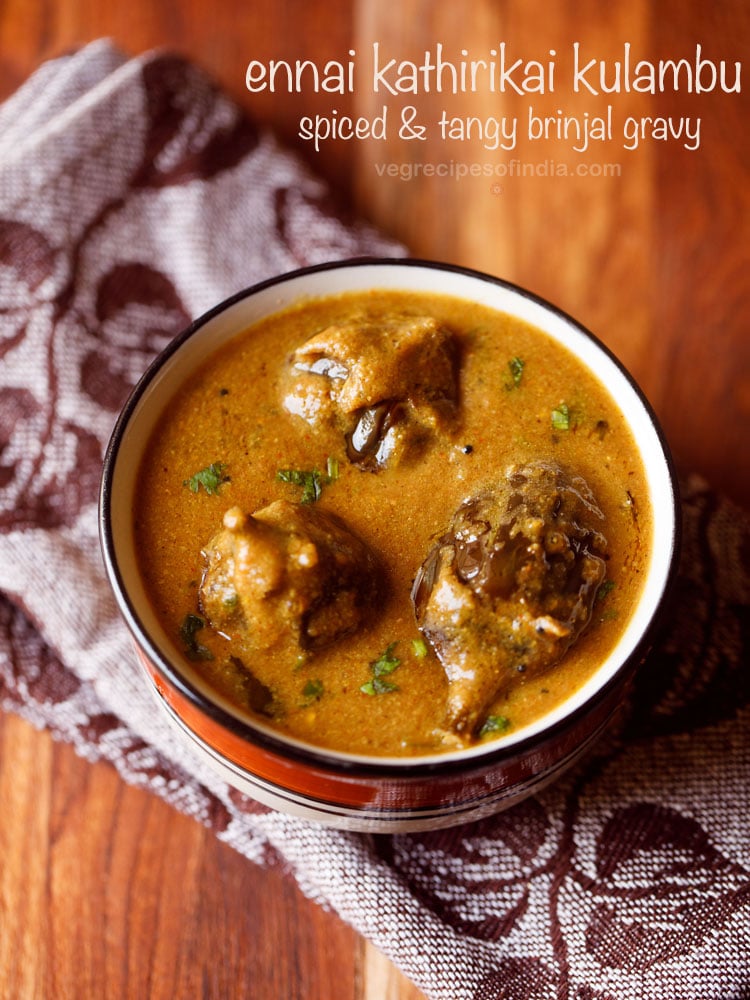
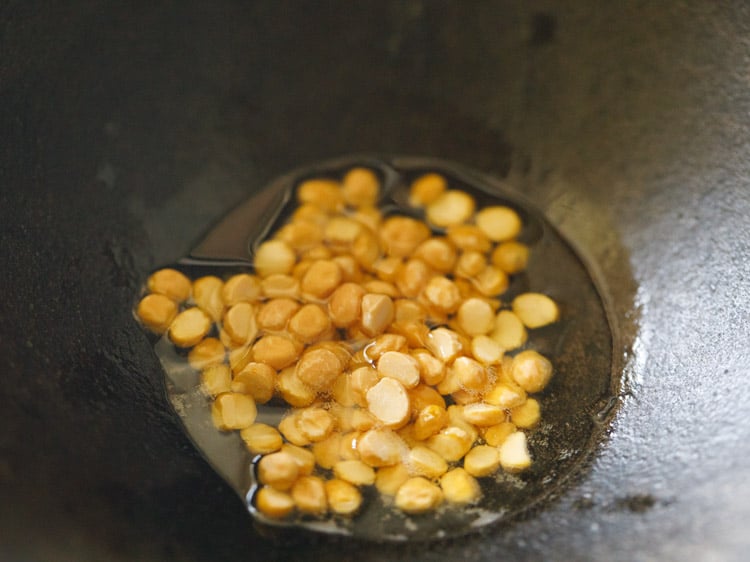
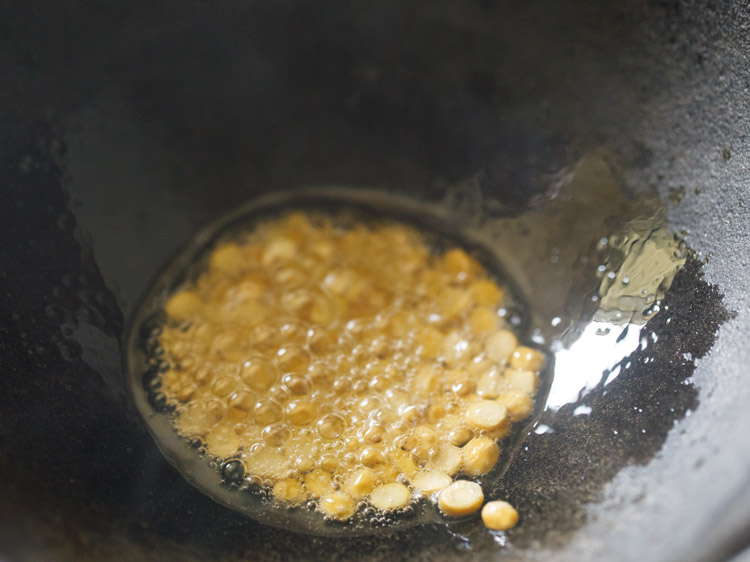
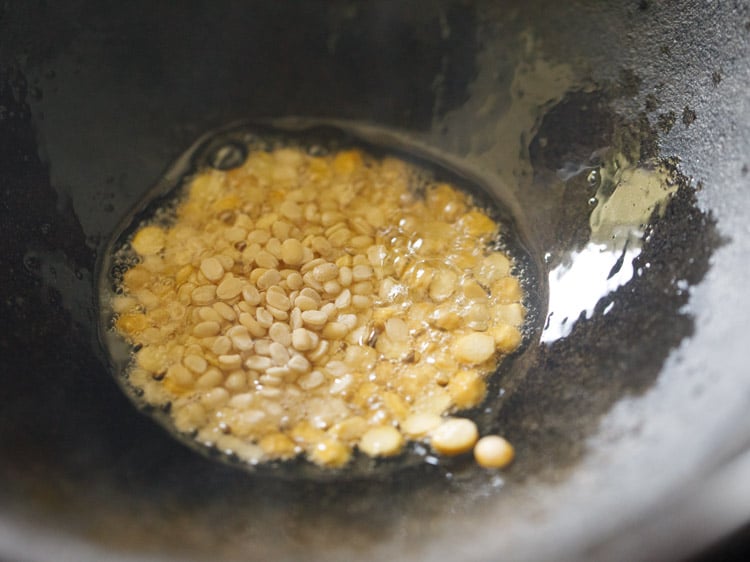
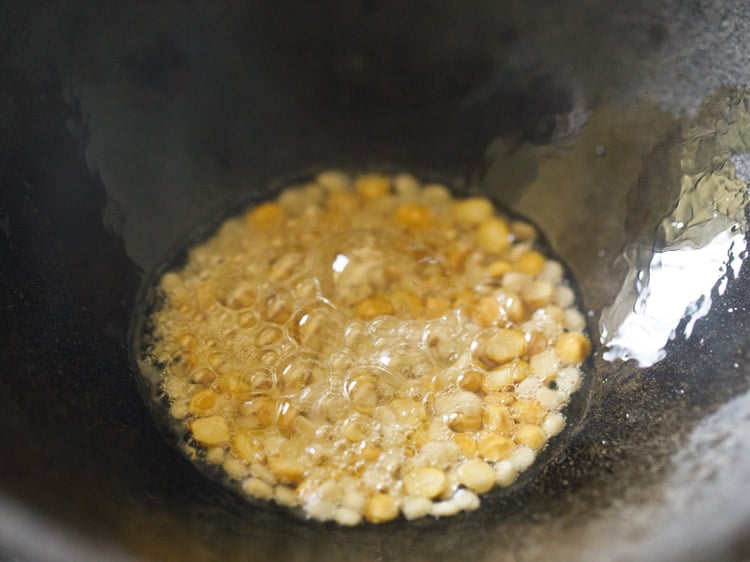
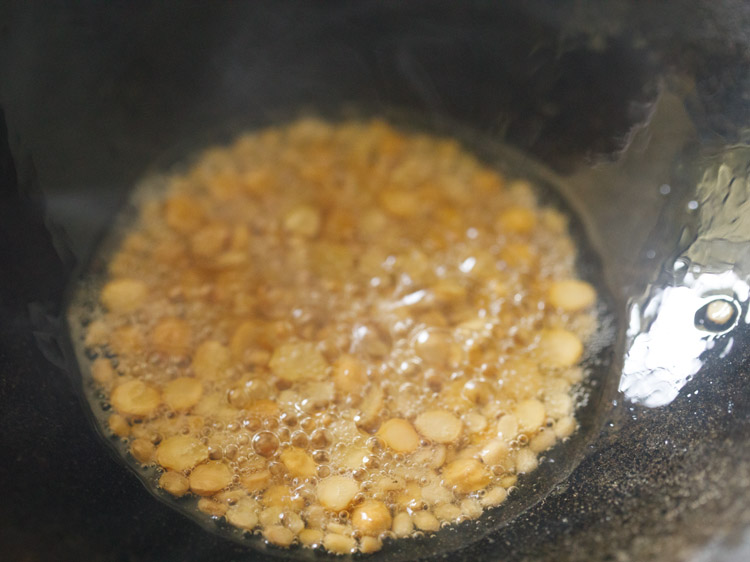
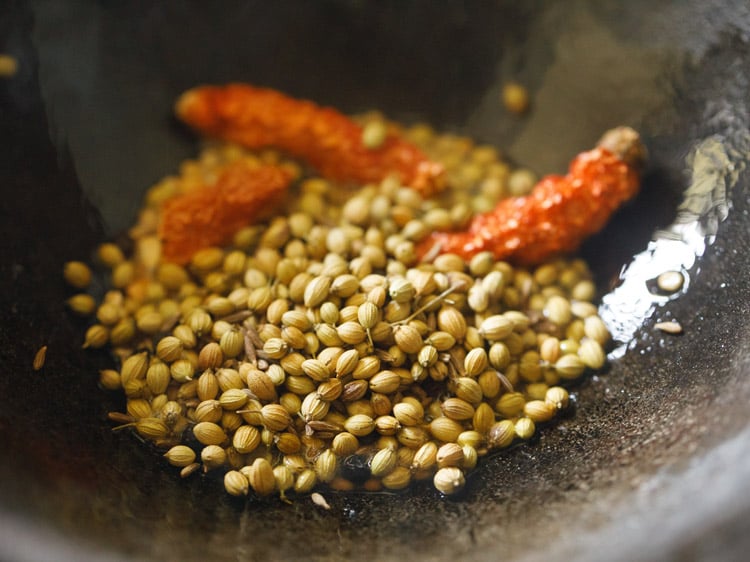
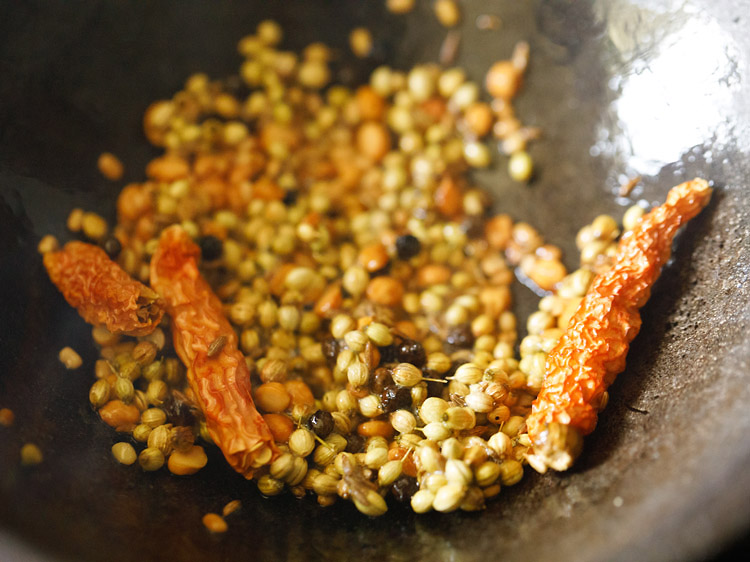
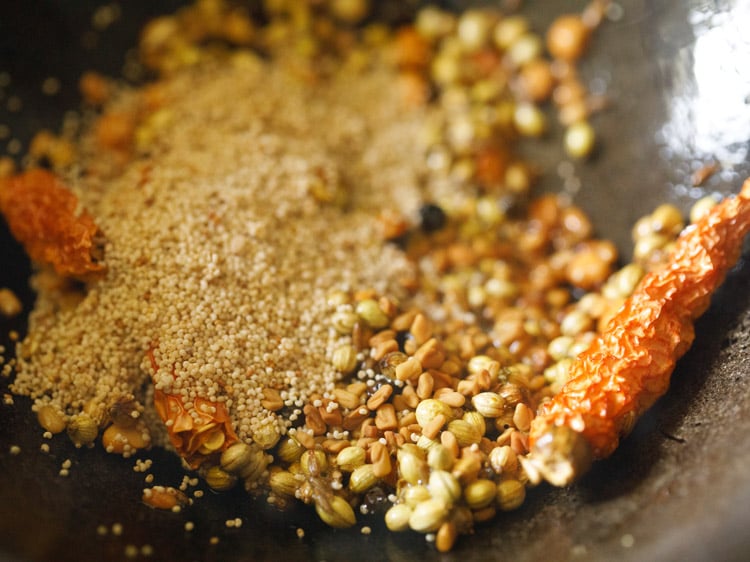
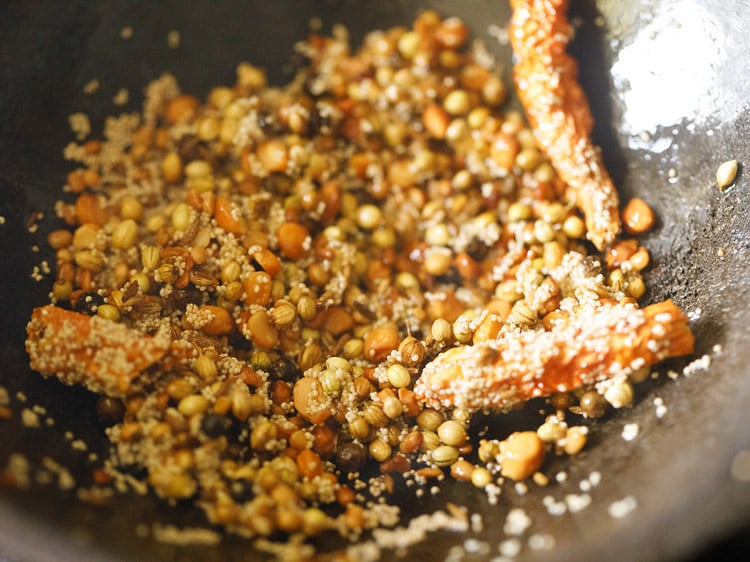
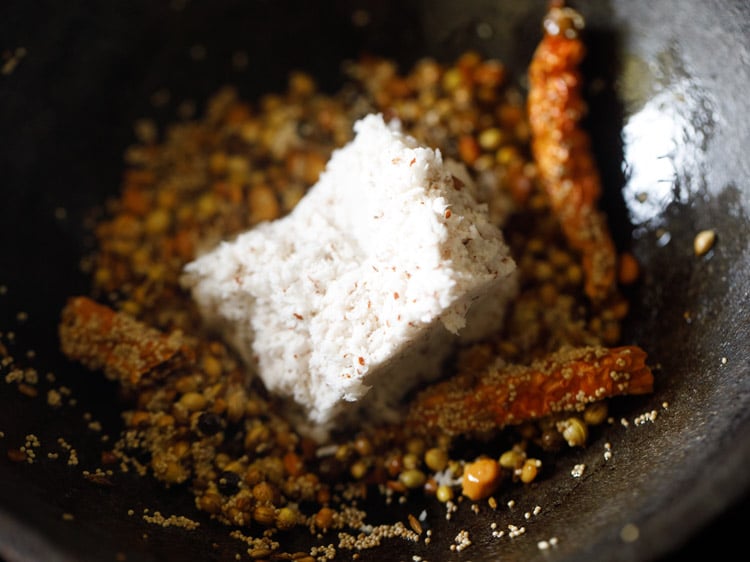
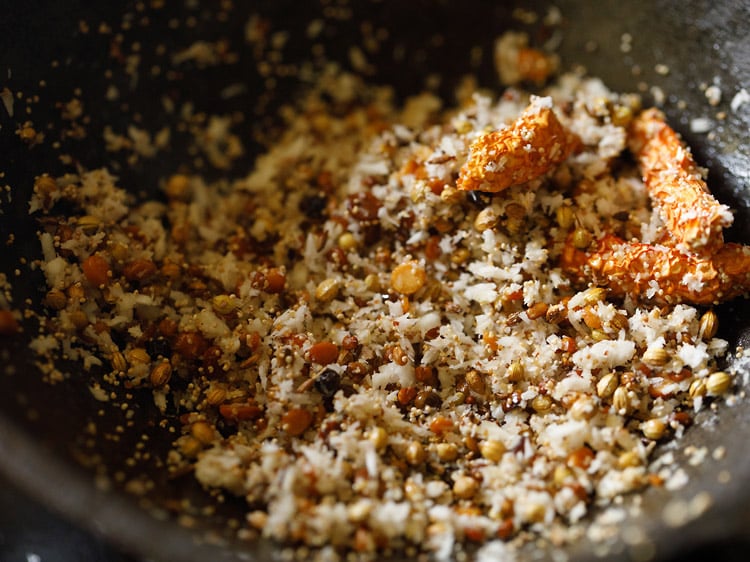
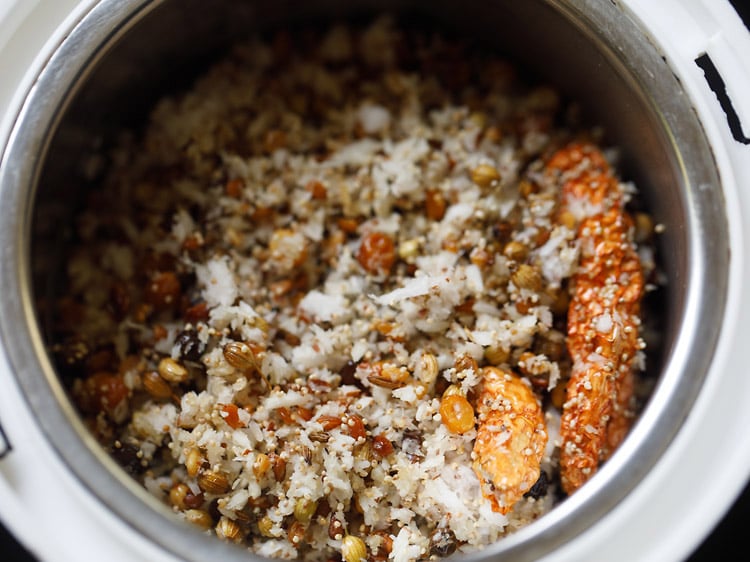
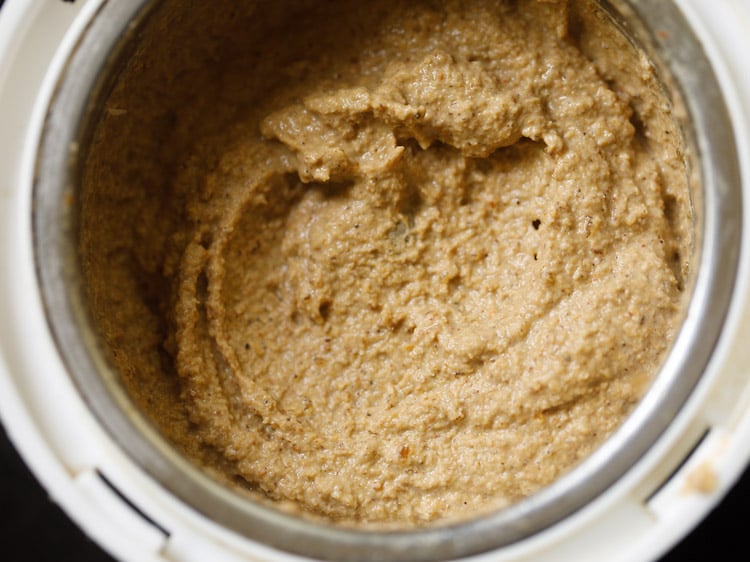
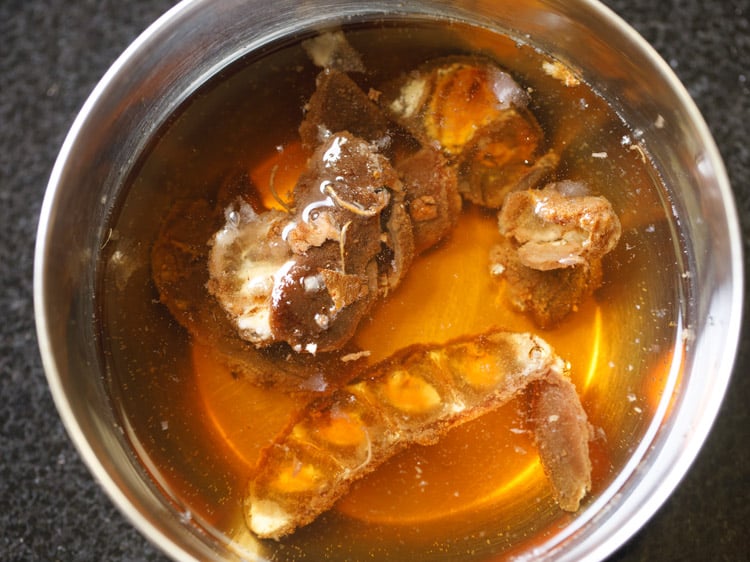
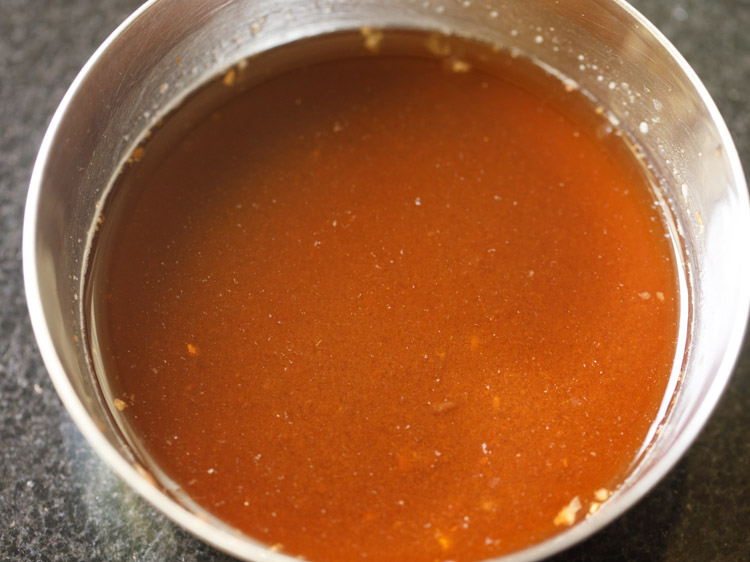
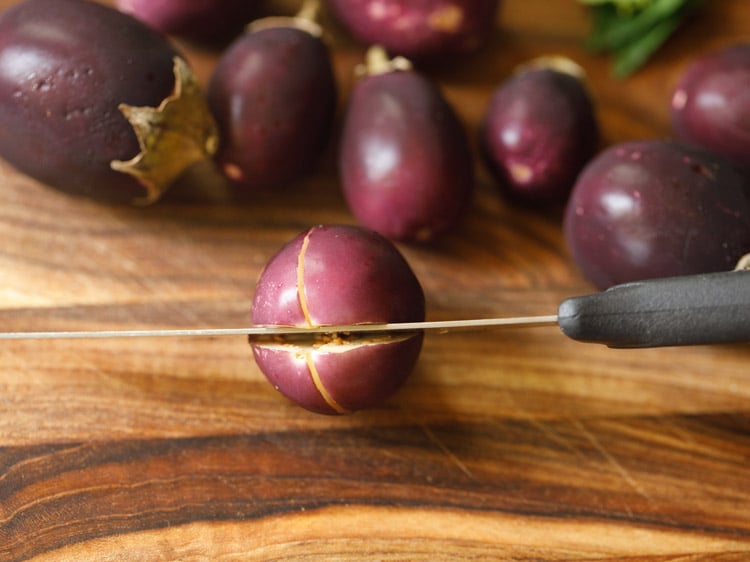
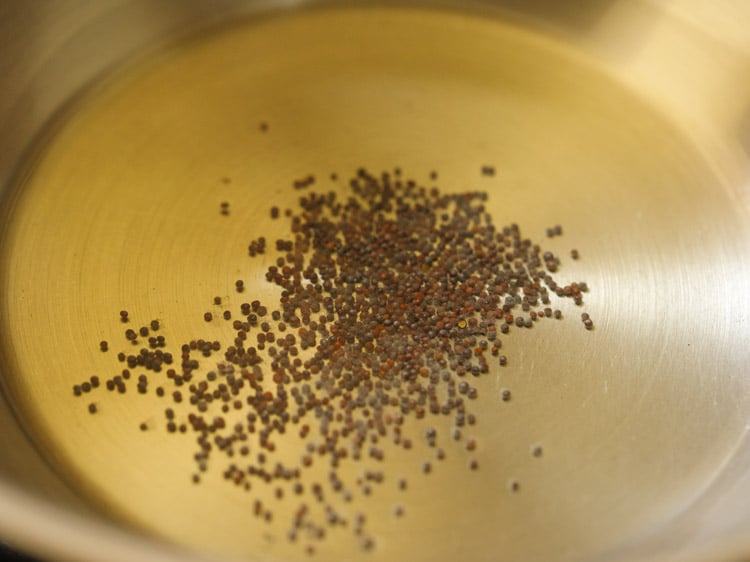
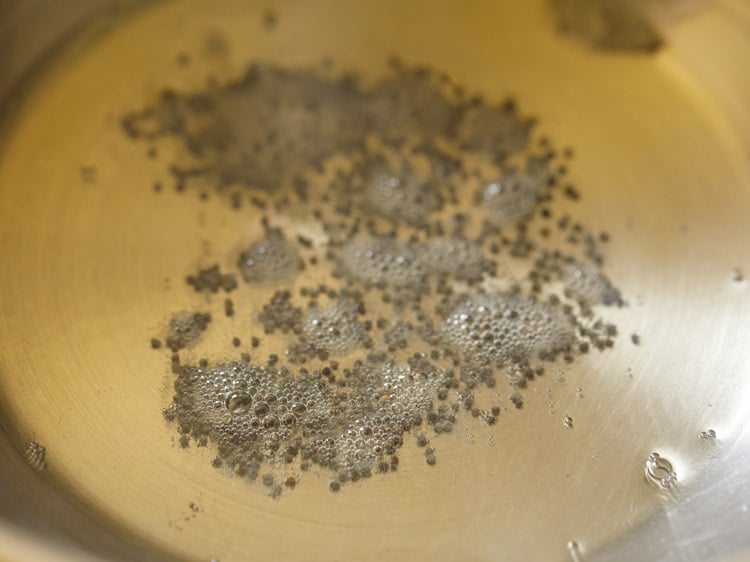
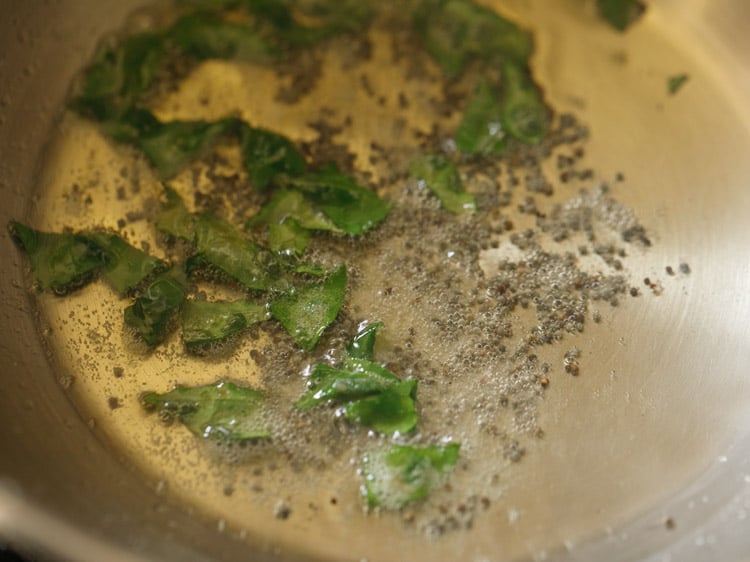
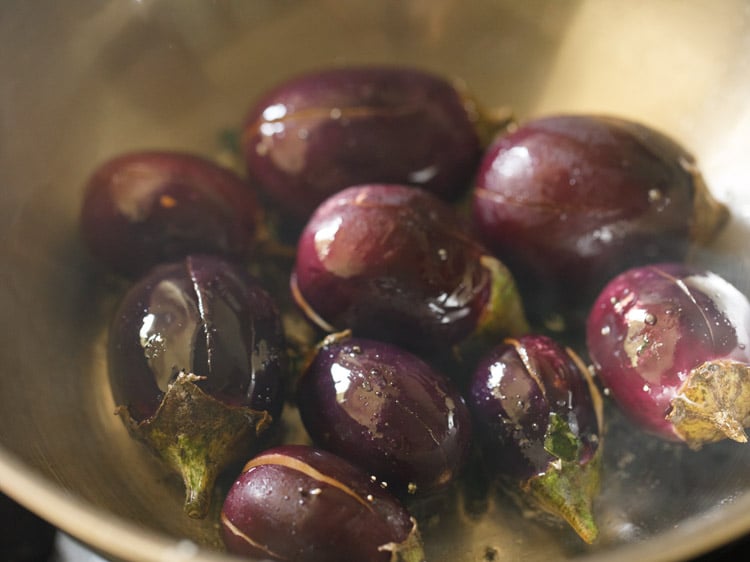
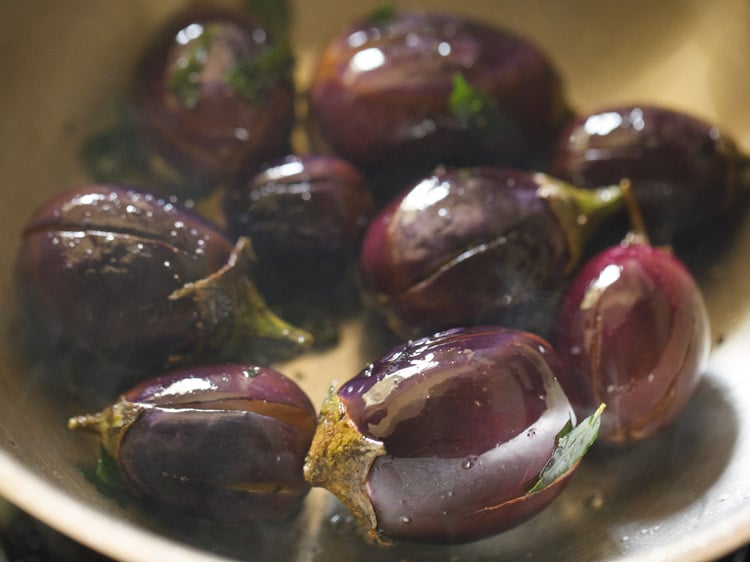
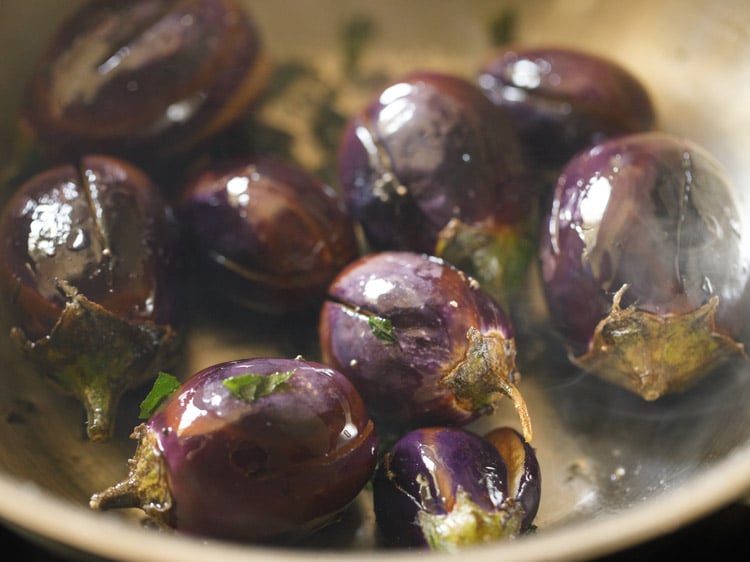
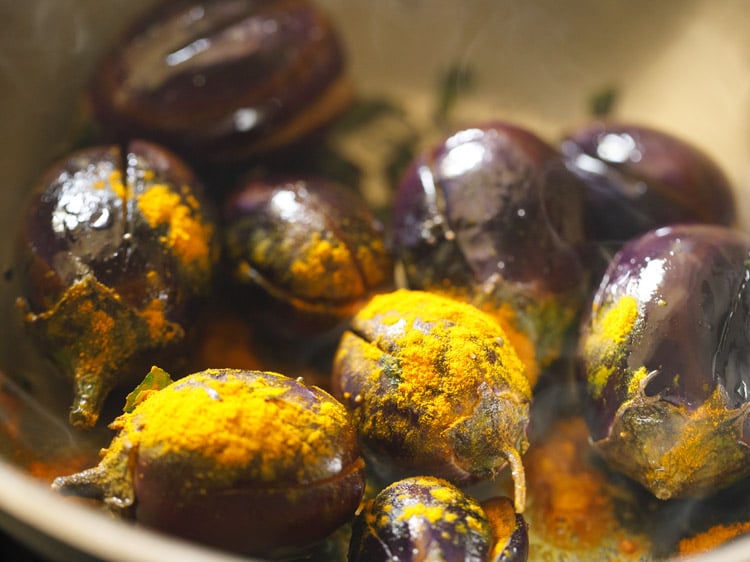
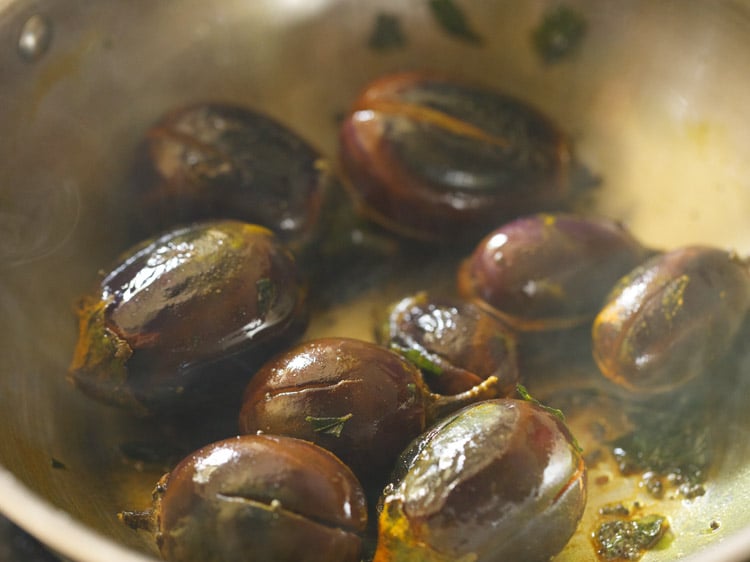
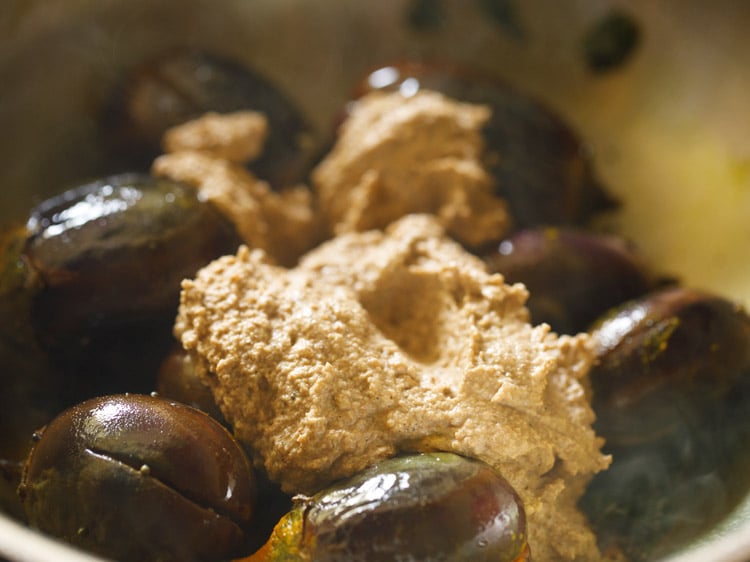
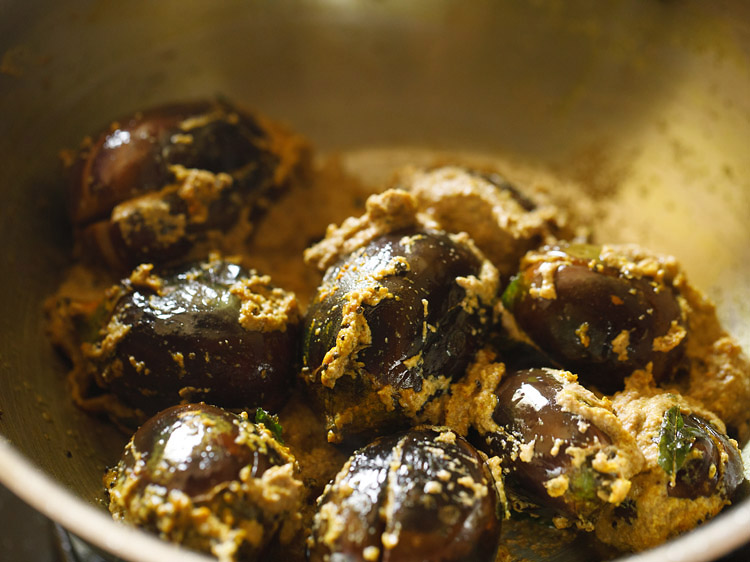
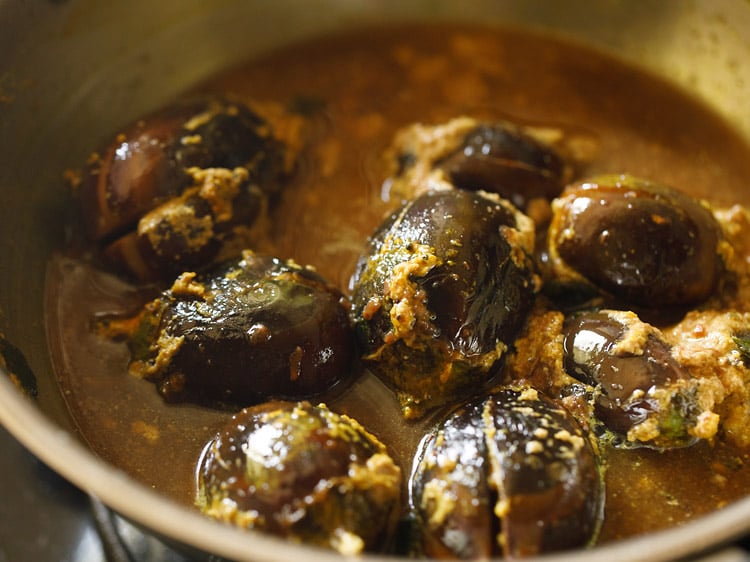
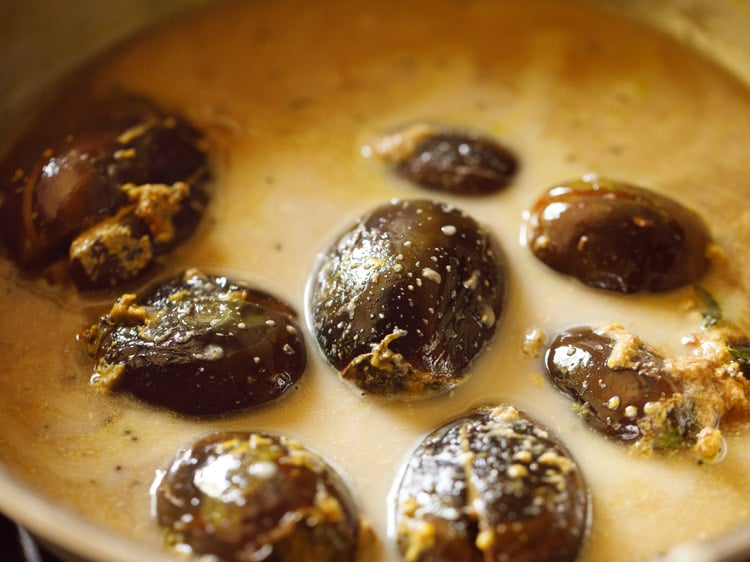
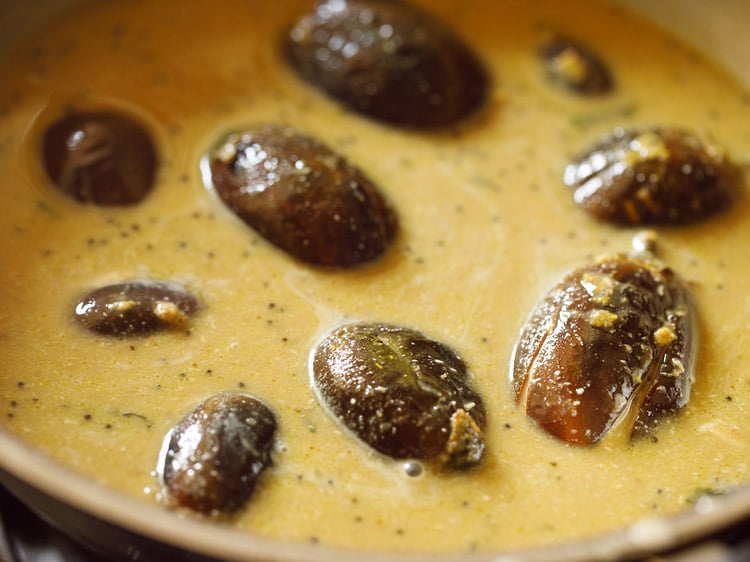
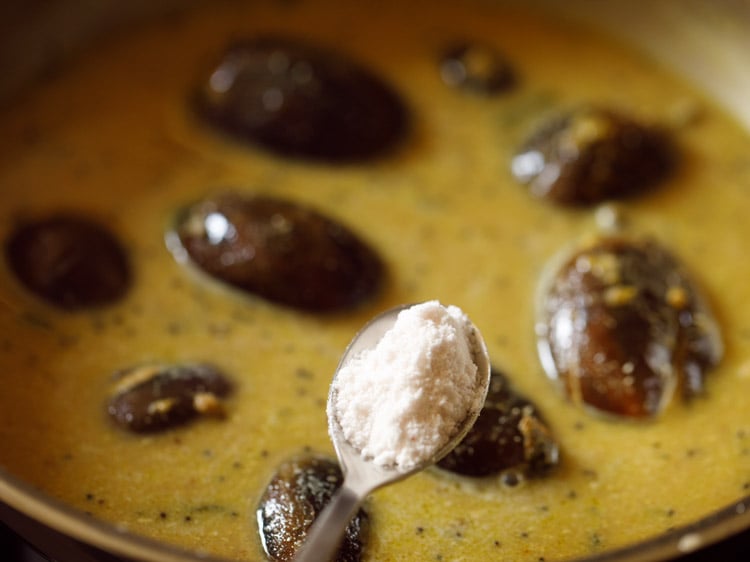
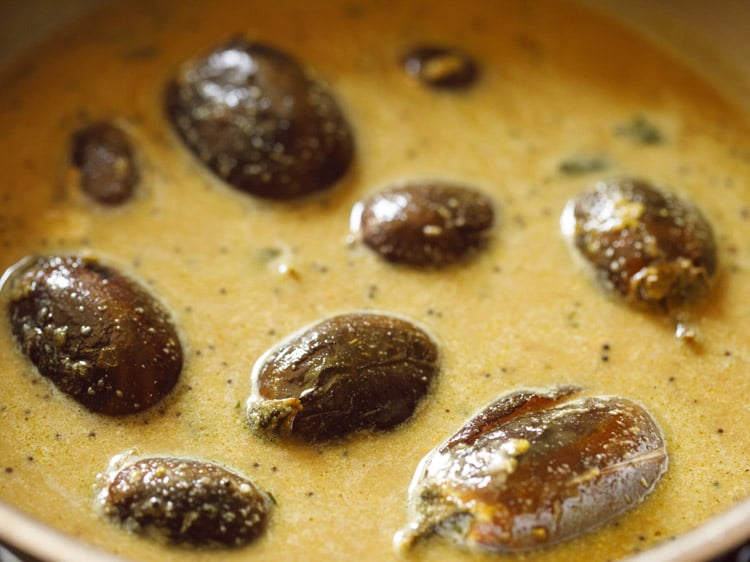
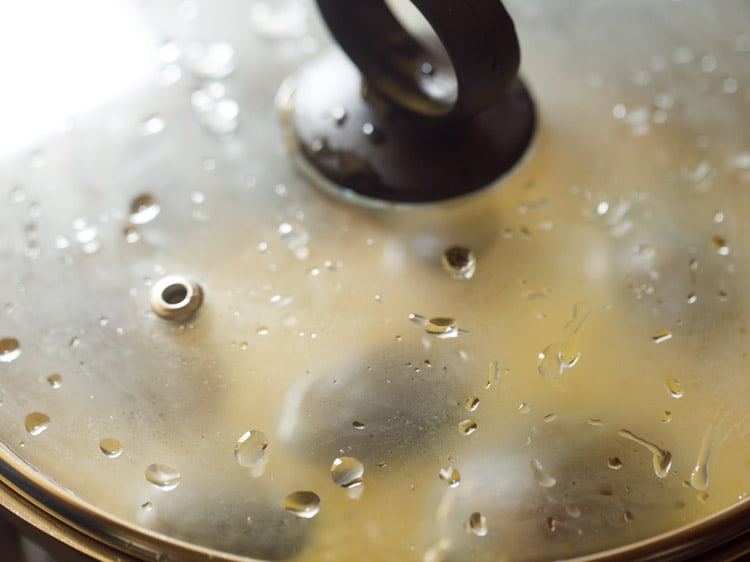
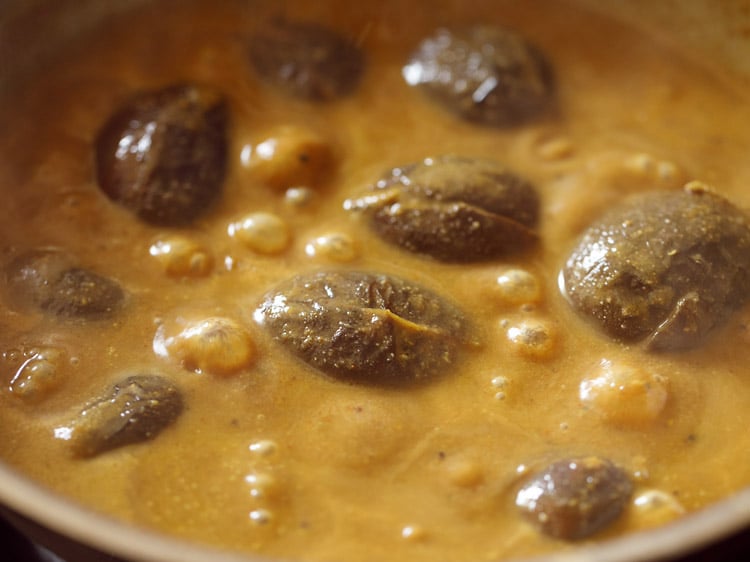
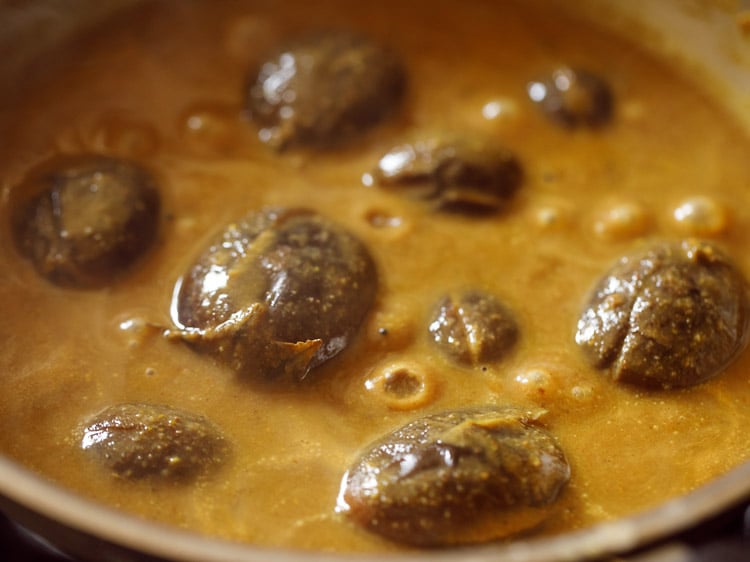
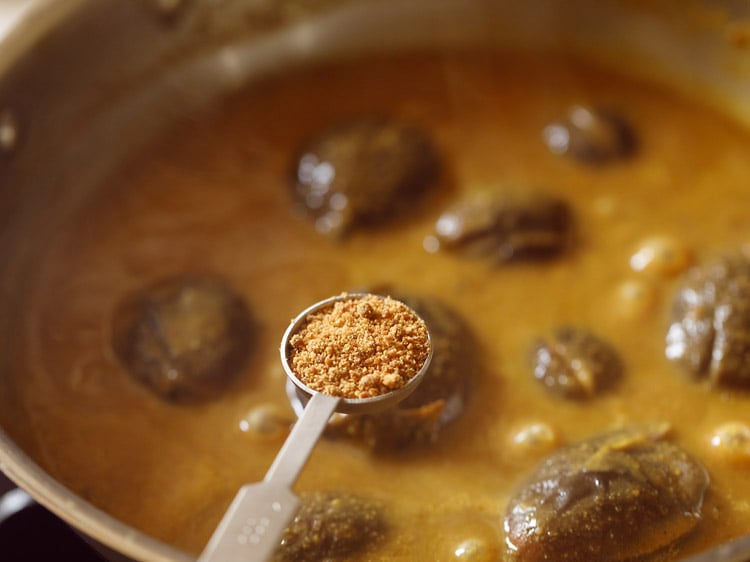
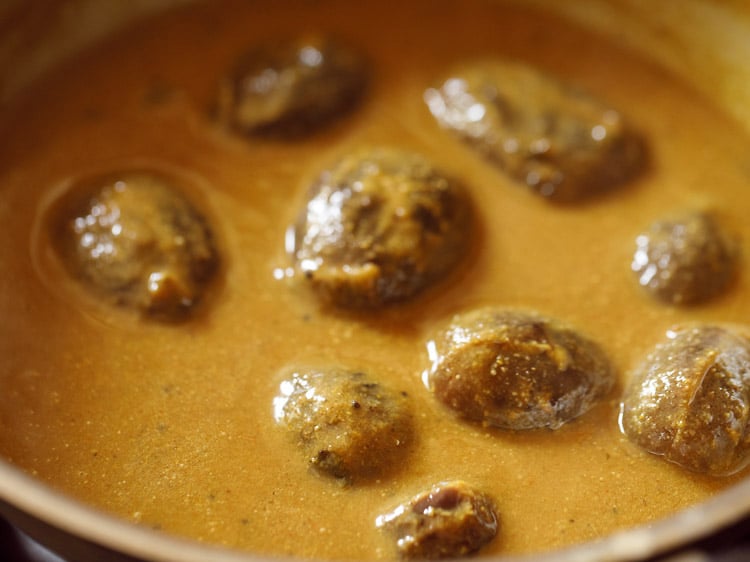
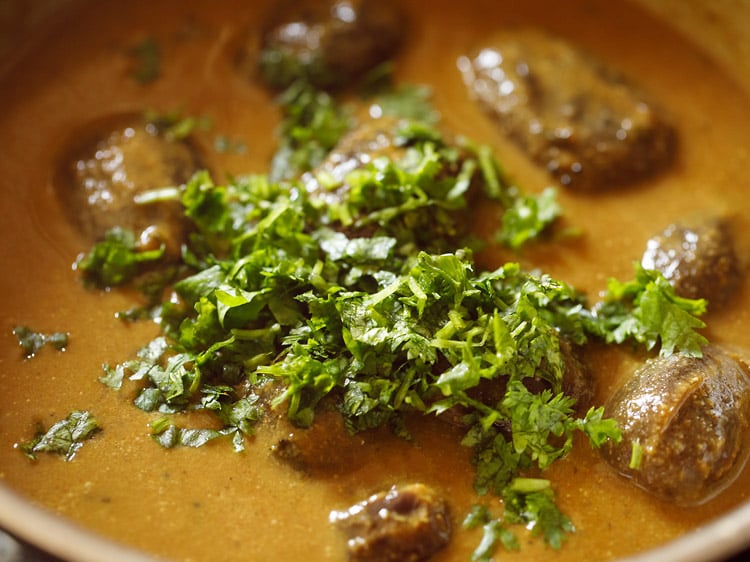
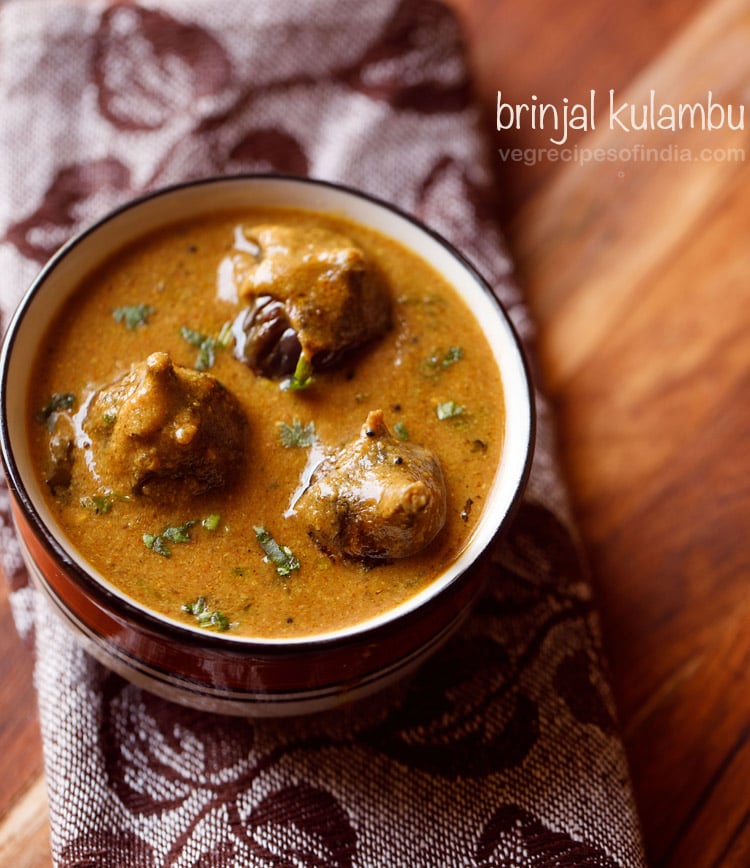
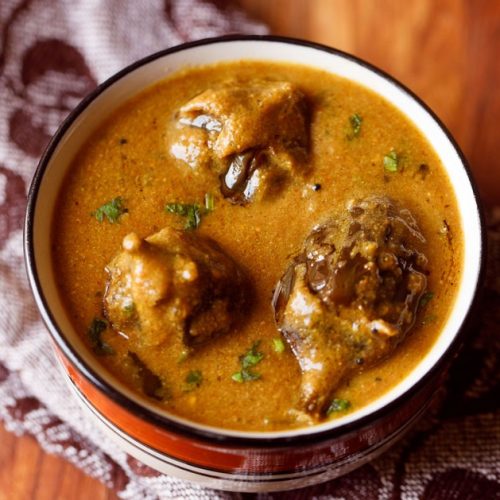
title: “Ennai Kathirikai Kulambu " ShowToc: true date: “2024-10-06” author: “John Klein”
Ennai means oil and Kathirikai means brinjal (aubergines, eggplants). Here the brinjals are fried or sautéed in oil first. Hence the name ennai kathirikai in Tamil language which means ‘brinjals in oil’ or ‘oily brinjals’. Kulambu are gravy based dishes from the Tamil Nadu cuisine. Even if the term ‘ennai kathirikai’ means oily brinjals, it does not imply that a lot of oil is used in the recipe. I do make kulambu recipes on occasions and I have already shared some kulambu varieties :
Kara kulambuPoricha kulambuVatha kulambuMore kulambu
There are many variations and versions of making ennai kathirikai kulambu. I am sharing an easy recipe and method which I make on occasions. Roasted spices and coconut is ground first to make the masala paste. A variation is to stuff the ground masala paste in the brinjals. I keep things easy, so instead of stuffing, I cook the masala paste and brinjals together. If you want you can stuff the masala paste in the brinjals. Two more gravy recipes you can make with brinjal are Brinjal sambar and this Gutti vankaya kura from the Andhra cuisine. For ennai kathirikai kulambu, its best to use small and tender brinjals. This ennai kathirikai kulambu recipe is made without onion and garlic. You can add onion and garlic if you want. For some flavor, I also add poppy seeds, but they can be skipped, if you don’t have them. The most perfect way to enjoy the flavors of this Tamil style Ennai Kathirikai Kulambu is to serve it with plain steaming hot rice.
How to make ennai kathirikai kulambu
A) frying spices and lentils:
- In a small pan or kadai, heat 2 teaspoons gingelly oil (sesame oil made from raw sesame seeds). Keep the heat to a low. Add 2 teaspoons chana dal. You can use sunflower oil if you do not have sesame oil.
- Stirring often, fry chana dal till they become light golden.
- Then add 1 teaspoon urad dal.
- Begin to fry urad dal on a low heat.
- Mix and fry till urad dal turns light golden.
- Then add 1 tablespoon coriander seeds, ½ teaspoon cumin seeds, ¼ teaspoon black pepper and 2 dry red chilies (broken and seeds removed). Keep all the spices ready before you begin to fry them. Use Kashmiri red chilies or byadagi red chilies for good color and less spiciness in the gravy.
- Fry for some seconds till the spices are aromatic and both the chana dal and urad dal become golden. If the pan is too hot then switch off the heat.
- Add ¼ teaspoon fenugreek seeds and 2 teaspoons poppy seeds. Poppy seeds can be skipped if you do not have them.
- Stir and mix well.
- Then add 5 tablespoons of grated coconut.
- Stir and mix again. Switch off the heat and keep the pan down. Let the mixture cool down. B) making masala paste:
- When the mixture has cooled, then add in a chutney grinder or mixer jar. Add ⅓ or ½ cup water.
- Grind to a smooth paste. Keep the paste aside. C) preparing tamarind pulp & brinjals:
- Soak 1 tablespoon tightly packed tamarind in ½ cup hot water for 20 to 30 minutes.
- Later squeeze the soaked tamarind in the water itself to get tamarind pulp. Keep tamarind pulp aside.
- Rinse 250 grams small brinjals or 10 to 12 small brinjals a couple of times in water. Drain all the water. Then take each brinjal and cut it from the base till upwards but without cutting the entire brinjal. Basically make an incision like that of a cross on the brinjal. Open each brinjal and check for worms and insects. Discard the brinjals if they have worms or insects. You can discard the stalks if you want.
Making brinjal kulambu
- Heat 3 tablespoons gingelly oil in a pan. Add ½ teaspoon mustard seeds. You can use sunflower oil instead of sesame oil.
- Let the mustard seeds crackle.
- Then add 9 to 10 curry leaves (chopped) and 2 pinch asafoetida (hing). Mix well.
- Add the brinjals.
- On a low to medium-low heat, stirring often sauté the brinjals.
- Sauté till their color changes and you see some blisters on the brinjals.
- Add ¼ teaspoon turmeric powder.
- Mix well. At this step you can also add some ¼ to ½ teaspoon red chili powder if you want.
- Add the ground masala paste.
- Stir and mix very well.
- Add the prepared tamarind pulp.
- Then add 1 cup water.
- Stir and mix very well.
- Season with salt as per taste.
- Mix again.
- Cover the pan with the lid and simmer the brinjal kulambu gravy on a low to medium-low heat.
- In between do check. Add more water if gravy looks very thick or the water dries up.
- Simmer till the brinjals are cooked and tender. Pass a knife or fork through brinjal and it should slid easily. Some oil specks will also be seen on top and brinjal kulambu gravy will thicken.
- Add 1 teaspoon jaggery powder or add as per taste. Jaggery is optional and can be skipped. I usually add jaggery to balance the tang from the tamarind.
- Mix again.
- Lastly switch off the heat and add 2 tablespoons of chopped coriander leaves. Mix again. You can even garnish with coriander leaves while serving brinjal kulambu.
- Serve ennai kathirikai kulambu hot with steamed rice. Please be sure to rate the recipe in the recipe card or leave a comment below if you have made it. For more vegetarian inspirations, Sign Up for my emails or follow me on Instagram, Youtube, Facebook, Pinterest or Twitter. This Ennai Kathirikai Kulambu post from the archives, originally published in June 2018 has been updated and republished on February 2023.







































